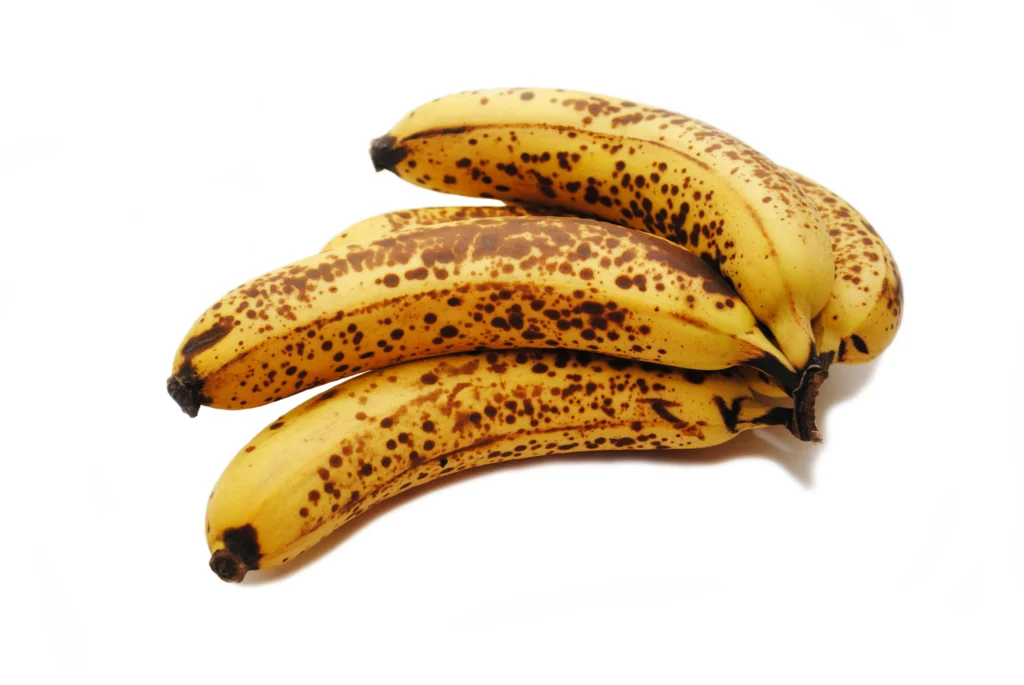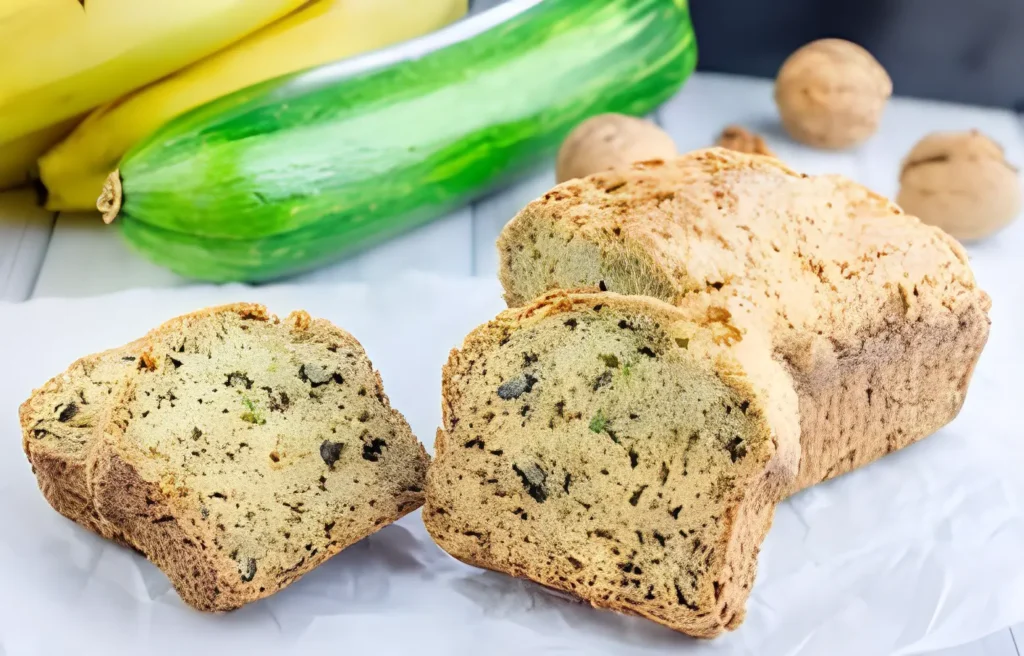While potassium, the body’s dance partner for fluid balance, muscle function, and nerve signals, is a health hero, high potassium foods to avoid become a concern for some. But navigating this dietary twist doesn’t require bland meals! Uncover sneaky substitutions and unlock delicious, low-potassium alternatives in this guide to keep your body grooving harmoniously. Let’s conquer the potassium puzzle together!
Hold your horses (and bananas)! While potassium is generally a superstar, certain health conditions, like kidney disease or heart failure, can create a potassium overload, tipping the delicate balance in your body. This is where things get tricky. Do you banish all potassium-rich foods from your kitchen like a culinary Robin Hood? Or navigate this dietary maze with finesse, enjoying delicious meals without triggering potassium pandemonium?
Fear not, fellow food fans! This comprehensive guide is your secret weapon. We’ll delve into the world of high potassium foods to avoid, uncover hidden sources, and unlock mouthwatering low-potassium recipes that won’t leave you feeling deprived. But remember, every journey starts with a map, and the most important one lies with your healthcare professional. They’ll tailor a plan that fits your unique needs, ensuring you thrive, not just survive, on your dietary adventure. So, buckle up, grab your metaphorical fork, and let’s explore the delicious possibilities of a low-potassium lifestyle!
II. Comprehensive List of High Potassium Foods to Avoid:

Fruity Delights to Minimize:
- Banana Bonanza: We all adore bananas (422mg/medium), but for those on a low-potassium diet, their potassium content becomes a concern. Don’t fret! Explore the vibrant world of berries! Blueberries, with only 85mg/cup, offer a burst of sweetness and antioxidants. Crisp, satisfying apples (95mg/medium) are another excellent choice.
Citrus Celebration: While oranges (237mg/medium) and grapefruit (181mg/medium) are vitamin C champions, their potassium content might not be optimal. However, you don’t have to miss out on vitamin C! Refreshing watermelon (30mg/cup) packs a hydrating punch with lower potassium levels, and tangy pineapple (82mg/cup) offers a tropical twist.
Dried Fruit Fiesta: Raisins (214mg/1/4 cup) and prunes (644mg/1/4 cup) are concentrated sources of potassium and sweetness, but might not be the best fit for your needs. Craving that chewy delight? Opt for fresh fruits or lower-potassium dried options like tart cranberries (62mg/1/4 cup). Remember, moderation is key even with lower-potassium dried fruits.
Veggie Patch Patrol:
- Potato Powerhouse: Baked potatoes (926mg/medium) are beloved staples, but they pack a significant potassium punch. Fortunately, versatile cauliflower (349mg/cup) or zucchini (261mg/cup) offer delicious and lower-potassium alternatives. Explore different recipes and cooking methods to keep things exciting!
Spinach Surprise: This iron-rich superhero (857mg/cup) might be high in potassium. Don’t despair! Kale (187mg/cup) and romaine lettuce (89mg/cup) offer similar nutrients with lower potassium levels. Experiment with different leafy greens to find your favorites.
Tomato Tango: Fresh (290mg/medium) or cooked (644mg/cup), tomatoes can be delicious, but their potassium content can be a concern. Bell peppers (181mg/medium) offer a vibrant alternative with a lower potassium level. Refreshing cucumbers (39mg/medium) add a cool, hydrating touch to your meals.
Dairy & Protein Pointers:
- Milk Must-Knows: A cup of cow’s milk (346mg) contains significant potassium. But there are options! Soy milk (319mg/cup) and almond milk (168mg/cup) offer lower-potassium alternatives. Experiment with different plant-based milks to find the one that suits your taste and nutritional needs.
Nutty Navigation: Almonds (483mg/1/4 cup) and cashews (187mg/1/4 cup) are popular snacks, but their potassium content might be high for your dietary needs. Don’t miss out on healthy fats! Sunflower seeds (325mg/1/4 cup) and pumpkin seeds (337mg/1/4 cup) offer lower-potassium alternatives with valuable nutrients.
Processed Food Perils:
- Salty Snacks Stash: Hidden potassium dangers lurk in unsuspected places! Potato chips (421mg/1 oz), pretzels (164mg/serving), and processed meats (like ham, 534mg/3 oz) can be loaded with both potassium and sodium. Opt for air-popped popcorn (13mg/cup) or baked veggie chips for guilt-free and lower-potassium alternatives.
Soup Surprise: Many canned soups and broths can be surprisingly high in potassium (up to 800mg/serving). Always check labels carefully! You can also explore low-potassium options or embrace the joy of homemade soups, giving you complete control over ingredients and potassium content.
Remember: This is just a starting point! Consulting a registered dietitian can create a personalized low-potassium meal plan that fits your unique needs and preferences.
III. Important Precautions and Considerations:

Navigating a low-potassium diet? Buckle up! While eliminating high potassium foods is key, there’s more to the story. Let’s dive into some crucial points to remember:
Consulting Pros: Ever wonder, “Is a registered dietitian necessary?” Absolutely! They personalize your low-potassium journey, considering your unique needs and health conditions. Think of them as your expert guides!
Tailored Restrictions: Not all low-potassium diets are created equal. Levels of restriction vary depending on your individual circumstances. Your healthcare professional will determine the “just right” amount of potassium for you.
Sneaky Potassium Lurks: Be on the lookout for hidden potassium sources! Supplements, medications, and even salt substitutes can pack a potassium punch. Double-check ingredients and consult your doctor to avoid surprises.
Challenges Arise: Let’s be honest, managing any dietary restriction comes with hurdles. But don’t worry! You’ve got this. Planning meals, reading labels diligently, and seeking support groups are all effective strategies. Remember, you’re not alone!
Hyperkalemia: The Cautionary Tale: While rare, high potassium levels (hyperkalemia) can be dangerous. This is why regular monitoring and adhering to your personalized plan are crucial. If you experience muscle weakness, irregular heartbeat, or fatigue, consult your doctor immediately. ⚠️
Remember: This is just the tip of the iceberg. Always prioritize your health and consult your healthcare professional for personalized guidance. They’ll equip you with the knowledge and tools to navigate your low-potassium journey with confidence!
IV. Tips for Creating Delicious Low-Potassium Meals:

Navigating a low-potassium diet can feel like saying goodbye to delicious meals. But worry not, food adventurers! With a sprinkle of creativity and these handy tips, you can unlock a world of low-potassium recipes that burst with flavor.
Spicing Up Your Life:
- Goodbye bland, hello bold! Ditch the salt shaker and explore the vibrant world of herbs and spices. Experiment with garlic powder, paprika, turmeric, oregano, thyme – the possibilities are endless! These flavor powerhouses pack a punch without the potassium punch.
Recipe Round-Up:
- Breakfast bonanza: Start your day right with low-potassium protein like scrambled eggs with spinach and mushrooms (low-potassium veggies!). Top it off with berries and enjoy a nutritious, delicious start.
- Lunchtime love: Feeling peckish? Whip up a colorful quinoa salad with chickpeas, cucumber, and lemon dressing (low-potassium herbs add zing!). A satisfying lunch that won’t weigh you down.
- Dinner Delight: Craving comfort food? Roast up some chicken breasts with lemon and rosemary (low-potassium herbs for the win!). Pair it with roasted sweet potato (lower potassium than white potatoes) and green beans for a complete, flavorful meal.
- Snack Satisfaction: Feeling the munchies? Reach for air-popped popcorn with herbs or baked veggie chips for a crunchy, low-potassium treat.
Embrace The Label Detective:
- Knowledge is power! Reading food labels carefully is your key to mastering low-potassium cooking. Look for the potassium content per serving and choose options lower in potassium. Remember, high potassium foods to avoid often have their potassium content listed prominently.
Get Creative, Have Fun!
- Don’t let restrictions dampen your culinary spirit! Experiment with new ingredients, low-potassium recipes, and cooking techniques. Get your family and friends involved, make it a fun activity, and discover hidden gems in the low-potassium world.
Remember:
- Enjoying food is your right, dietary restrictions or not! Focus on the abundance of delicious, low-potassium options available and savor every bite. Consult a registered dietitian for personalized guidance to create a low-potassium meal plan that fits your taste and health needs.
Wrapping Up: Embracing Delicious Possibilities with a Low-Potassium Diet:
Phew! Navigating the world of high potassium foods to avoid can feel overwhelming. But remember, this isn’t a sentence to bland, tasteless meals.

Think of it as an exciting adventure! With a little planning and creativity, you can unlock a world of delicious, low-potassium dishes that nourish your body and tantalize your taste buds.
Ready to jump in? Here are some key takeaways:
- Knowledge is power: Knowing which foods to minimize empowers you to make informed choices and discover exciting alternatives.
- Explore new flavors: Experiment with lower-potassium ingredients and spices to create vibrant, satisfying meals.
- Seek professional guidance: A registered dietitian can tailor a personalized plan that fits your unique needs and preferences.
- Remember, you’re not alone: Connect with online communities or support groups for encouragement and recipe inspiration.
Living a fulfilling life with a low-potassium diet is absolutely possible! So, embrace the challenge, get creative, and enjoy the delicious journey ahead. Remember, resources are your friend:
Now go forth and conquer your kitchen! What questions do you have about navigating a low-potassium diet? Sha
This article may benefit you: Insulin Resistance Diet: A Comprehensive Guide
People Also Ask:
What conditions might require a low-potassium diet?
I love bananas! Are they completely off-limits?
Are there alternatives to common high-potassium foods to avoid?
I’m worried about hidden sources of potassium. What should I watch out for?
Can I still enjoy delicious meals on a low-potassium diet?
What are the worst foods for potassium?
Fruits: Bananas, prunes, dried fruits, oranges, grapefruits
Vegetables: Spinach, potatoes, sweet potatoes, tomatoes (especially canned), avocado
Dairy: Milk, yogurt
Processed foods: Processed meats, canned soups, broths, potato chips, pretzels
Nuts and seeds: Almonds, cashews
What foods bring potassium levels down?
Fruits: Apples, berries, watermelon, pineapple
Vegetables: Bell peppers, cucumber, lettuce, cauliflower, zucchini
Dairy: Soy milk, almond milk
Protein: Skinless chicken, fish, eggs (moderate amounts)
Grains: Rice, pasta, quinoa
What foods have the highest potassium?
Dried fruits: Prunes (644mg/1/4 cup), raisins (214mg/1/4 cup)
Vegetables: Spinach (857mg/cup), potatoes (926mg/medium)
Nuts and seeds: Almonds (483mg/1/4 cup), cashews (187mg/1/4 cup)